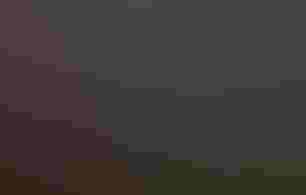Live, In Person
Host on Owl Prowl in your local area to see these birds and other nocturnal wildlife (and/or to enjoy the night sky). If you haven’t hosted an Owl Prowl before, you can find more information on hosting one here.
Stargazing party (alone or with IDA partner) – or you might want to collaborate with a local IDA chapter or other astronomy focused organization on a joint Owl Prowl/Stargazing party. Note: in 2022 there will be a New Moon on April 30th and a Full Moon on May 15th.
Nighttime Story Time that helps teach the public about migratory birds and the night
Hosting a nighttime walk or hike to see first-hand how light pollution is affecting your area and sharing ways to help reduce the impacts.
Virtual
Host a virtual viewing of a show that gives participants a glimpse into how wildlife experiences the night. Examples include:
The Netflix show ‘Night on Earth’ shares beautiful footage on wildlife at night with narration (by Samira Wiley); one episode focuses on ‘Sleepless Cities’ including a short segment of Vaux’s Swifts in Portland, Oregon (but does not speak to the impact of ALAN on night migrating birds).
Apple TV+ features a show called ‘Earth at Night’ that currently has six episodes narrated by Tom Hiddleston. Birds are not the centerpiece of any of the episodes but the footage is very beautiful.
Host an event featuring a replay of a documentary or pre-recorded webinar on the impacts of Artificial Light at Night for your audience. For example:
Saving the Dark, a documentary on the impact of light pollution by Sriram Murali in collaboration with the International Dark-Sky Association that is available on YouTube.
Host a live virtual webinar on the impacts of Artificial Light at Night on birds and ways to protect them.
Note: NAS is planning a webinar on the impacts of light pollution (and solutions) for Tuesday May 10th at 3 pm AT/4 pm PT/5 pm MT/6 pm CT/7 pm ET featuring a panel from around Audubon. Network members are welcome/encouraged to join and share with their audiences.
















